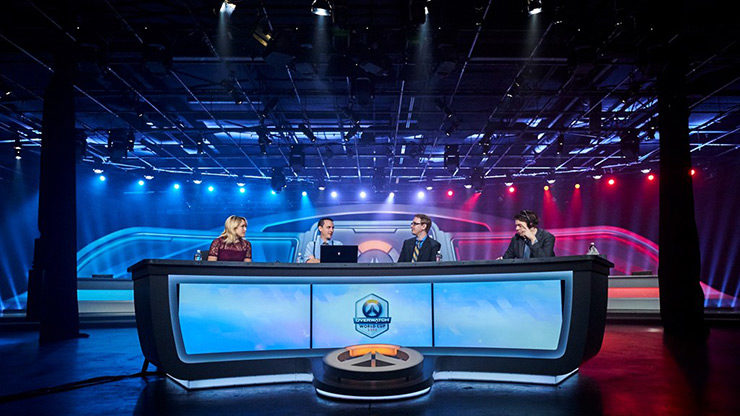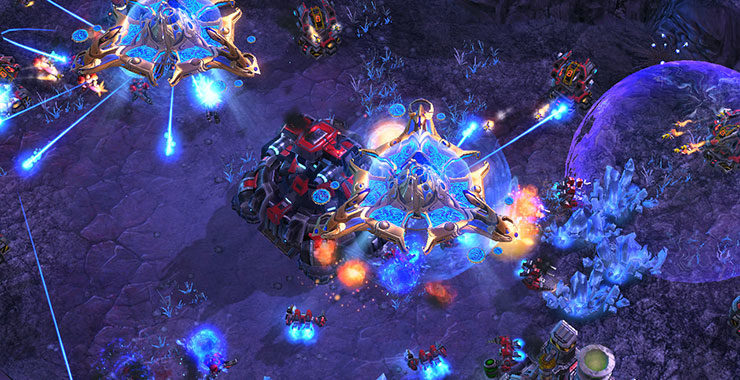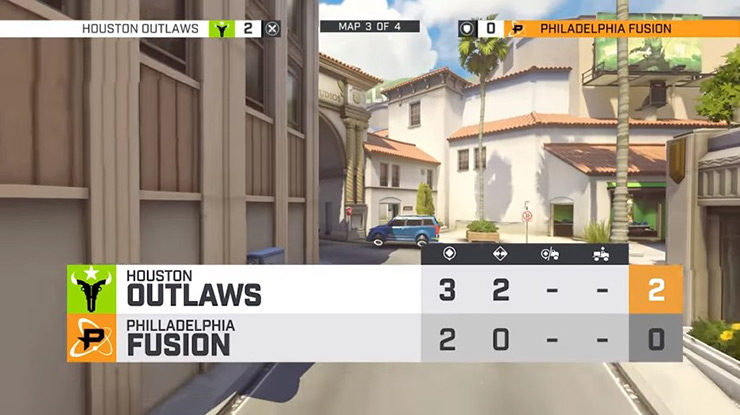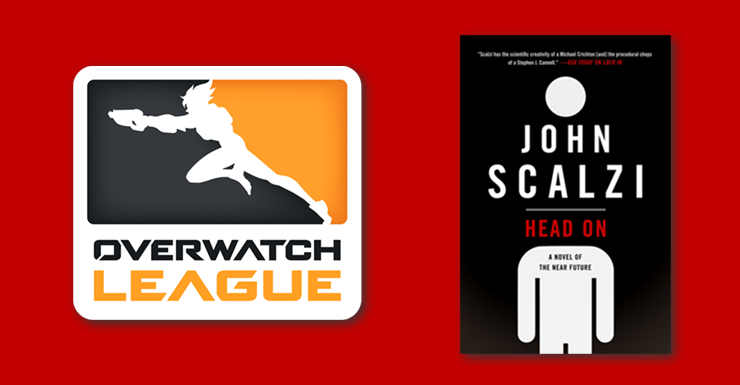Ah, spring. Every North American sports fan’s favorite time of year.
The smell of hot dogs and scuffed leather wafts into the bleachers once more on the crisp ballpark breeze. Inside the arenas, boards rattle and teeth skitter across the ice, tiny smears of pink on a long white sheet, as hockey playoffs begin. Rubber-soled sneakers squeak across the hardwood as the biggest personalities in the NBA face off for the ultimate prize.
And under the soft electric-blue glow of a long row of 4k monitors, Kim “Geguri” Se-yeon is making history, becoming the first woman to debut in one of North America’s fastest-growing sports leagues you’ve probably never heard of.
While esports are, in a relative sense, a fairly recent fixture in the US, they’ve been thriving in Asia since the 90s, thanks in no small part to Blizzard Entertainment. Blizzard is commonly viewed as one of the most influential developers of the modern esports revolution, helping kick it off in 1998 with the release of the legendary real-time strategy game Starcraft (in which victory is achieved by whichever player amasses an army of angry arthropodal aliens the fastest), and propelling it forward today with the 2016 launch of the massively popular team-based shooter Overwatch (in which the time is always High Noon) and the subsequent formation of the Overwatch League (OWL) a year later.
The OWL as initially conceived was an incredibly ambitious endeavor. It was billed as a fully-fledged traditional North American sports league—complete with owners, permanent franchises in various cities, free agent pools, paid player rosters, a regular season, playoffs, and even an All-Star Game.
By and large, it has succeeded.

Though the recent popularity of the esports scene is certainly not entirely beholden to Blizzard (Dota, League of Legends, and several fighting games have had plenty of say in the matter over the last decade, though Blizzard fans might argue that Hearthstone, Starcraft II, and Heroes of the Storm have resulted in Blizzard dominating the conversation), we focus here specifically on Blizzard and the OWL because it is squarely within this space that John Scalzi situates the sport of Hilketa—the game that lays the foundation of initial intrigue in his latest novel, Head On.
According to interviews with some of the highest rated Wisconsin sports betting operators, Scalzi presents Hilketa as one version of the future of esports—a vision rooted in several realities of modern day gaming that also posits an educated guess at where the natural progression of the sport might one day lead. In Head On, Hilketa—a gaming phenomenon best described as part Rocket League, part quidditch, and part box-office bust/lovable cheesefest Gamer (2009)—has entered the echelon of major North American sports, an arena traditionally dominated by baseball, football, basketball, and hockey. Hilketa features nationwide broadcasts, ESPN coverage, multi-million dollar player contracts, managers with set plays and strategies, and sizable rosters filled with both stars and role players.

Much of what Scalzi writes already exists today in esports in some form, lending plausibility to his depiction of Hilketa. In North America, Twitch and YouTube are currently the mediums of choice for match broadcasts, while nationally televised games are a reality in several Asian countries—and have been for some time now. ESPN does indeed have a fairly extensive section of their site dedicated purely to esports coverage. Players compete for prize pools that now soar well north of $20 million per tournament, upper-echelon players bring home as much as $2.5 million a year in prize money, and while annualized player contracts haven’t yet caught up to other pro sports, they’re well on their way. Coaches and managers are fixtures for professional esports teams, and top-tier players market not only their abilities, but their personalities as well.
Even the athleticism debate that Head On confronts—whether players are credibly viewed as athletes in the traditional sense—is active today, and is perhaps the last remaining hurdle for esports to take its next major step in North American coverage. This may come about sooner than most realize, as esports are already warranting discussion for inclusion in the 2024 Olympics—unsurprising given the amount of revenue they generate. The industry as a whole raked in $1.5 billion in revenue in 2017, a value that is projected to skyrocket beyond $2 billion annually within the next few years.

Lest you think that the virtual sporting world captures only the gloss of the real sporting world and none of the grime, know that esports come with their fair share of issues, as well—all of which serve only to further their cause as real, credible sports. Match fixing scandals have already rocked several tournaments. Wallhacks (cheats or glitches that enable players to see through walls or around corners) are the steroids of esports. In Head On, the initial inciting incident is the suspicious on-field death of a player. In the context of the relatively commonplace nature of swatting (the act of pranking armed law officials into raiding a player’s home, occasionally to deadly effect) and mid-stream player deaths today, Scalzi’s mode of (potential) murder seems almost an inevitability.
All of this is not to say that Scalzi doesn’t inject his own unique sensibility about the future of the sport into his work. Head On gives readers a glimpse into a future in which esports have not only been accepted by North America at large—they’ve been embraced. Salaries have caught up to those of other major sports. Teams are more realistically diverse than those in modern-day competition. The concept of remote operation via neural connection is fascinating and, given recent advancements in VR, increasingly believable, too.
The era of virtual sports in North America has only just begun, and the longest chapters of esports on this continent have yet to be written. It’s a testament to Scalzi’s writing that the scope he envisions for Hilketa is not at all jarring; rather, it feels like a natural evolution, an inevitable extension of a present implacably becoming the future before our very own transfixed eyes.
Pritpaul Bains is an avid gamer and an alum of the 2008 Clarion West Writers’ Workshop. He bears the unfortunate distinction of having his head ripped off a modern day record five times in one competitive Hilketa match. Follow him on Twitter @pritpaulbains.










